 |
|
Bij dieet met veel walnoten krijgt prostaatkanker minder kans
 |
Studie
De onderzoekers injecteerden menselijke prostaatkankercellen [LNCaP] onderhuids in muizen. Een deel van de muizen kreeg standaardvoer [Control diet], een ander deel voer waarin de onderzoekers walnoten hadden gestopt [Walnut diet]. Het voer van de muizen in de walnootgroep bestond voor 11 procent uit walnoten.
De onderzoekers zorgden ervoor dat de calorische waarde van beide voertypes, plus de hoeveelheden vezels, vetten, koolhydraten en eiwitten aan elkaar gelijk waren.
Resultaten
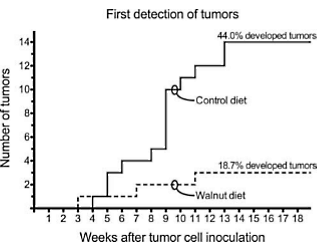
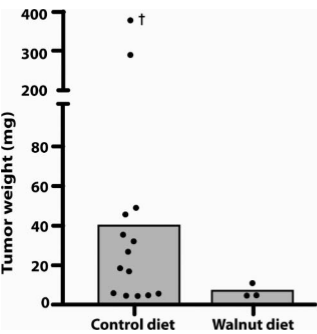
De tumoren in de walnootgroep waren bovendien kleiner dan in de andere groep.
Op de foto hieronder zie je links een representatieve prostaatkankertumor die de onderzoekers in de walnootgroep aantroffen, en rechts de grootste tumor die de onderzoekers vonden bij de muizen die geen walnoten kregen.
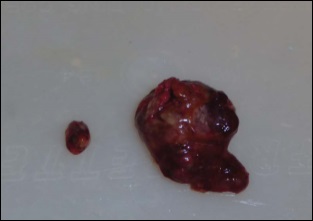
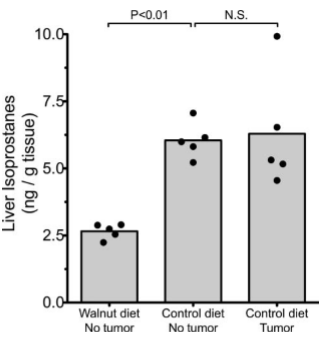
De onderzoekers vonden in de lever van de muizen die walnoten hadden gekregen minder F2-isoprostanes. Die komen vrij als vrije radicalen inwerken op celmembranen. Dat impliceert dat walnoten een antioxidantwerking hebben.
Mechanisme
"Walnuts have a number of ingredients that could account for their ability to suppress prostate tumor growth", schrijven de Amerikanen. "Most notably, walnuts contain high levels of omega-3 fatty acids."
"The elevated intake of long-chain 20c eicosapentaenoic acid (EPA) and 22c docosahexaenoic acid (DHA) fats, in particular, slows cancer growth. The walnut diet used in the current study, however, contained essentially no EPA or DHA. Hardman and Ion [ Nutr Cancer 2008;60:666-74.] have documented, however, that the mouse liver has the capability of elongating and desaturating alpha-linolenic acid (ALA) to EPA and DHA, probably in small amounts."
"Other walnut ingredients that, theoretically at least, could explain the inhibitory effect of the walnut diet on LNCaP prostate cancer cells inoculated into nude mice include phytosterols, gamma-tocopherol, carotenoids, polyphenolics, ellagic acid and its derivatives, and melatonin. The bulk of these phytochemicals function as antioxidants, which generally are beneficial in terms of cancer suppression."
"The seemingly most likely explanation for the finding that a walnut-enriched diet forestalled the growth of human prostate cancer cells growing in immune-compromised mice is that the inhibitory effect was a consequence of the combined actions of several phytochemicals in this nut which have been shown individually to inhibit experimental prostate cancer."
Sponsor
De studie is niet bekostigd door een organisatie voor notentelers, maar door het American Institute for Cancer Research.
Bron:
Cancer Invest. 2013 Jul;31(6):365-73.
Meer:
Noten vergroten overlevingskansen bij prostaatkanker (27-2-2017)
Vetzuursamenstelling dieet is factor in uitzaaiing prostaatkanker (8-8-2016)
Dieet met lage ontstekingswaarde beschermt tegen kanker (4-4-2016)
(24-5-2009)
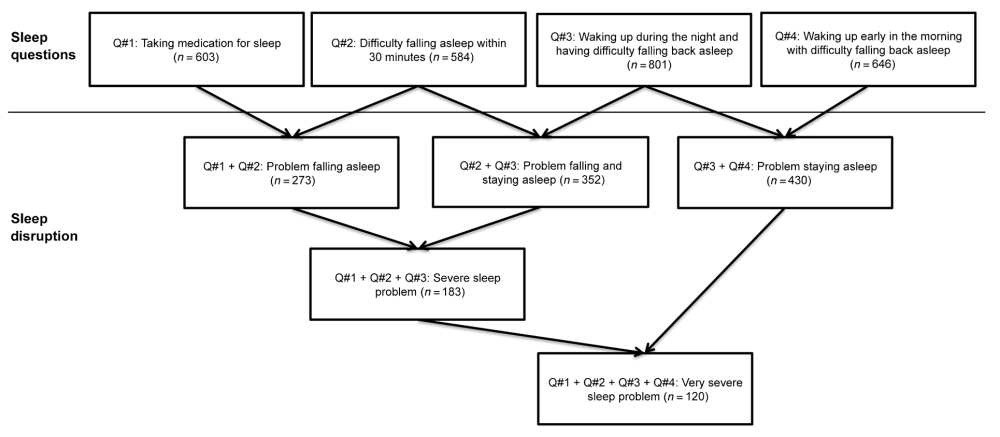 |
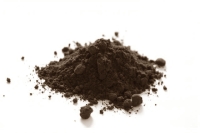 |
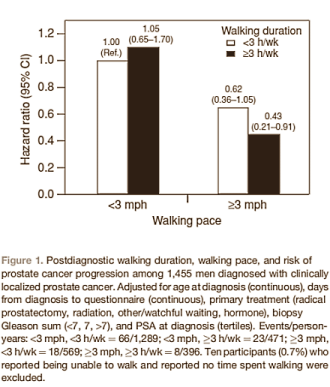 |
|
Goede slaap reduceert kans op prostaatkanker Mannen verminderen hun kans op prostaatkanker als ze beter gaan slapen, suggereert epidemiologische studie. |
Kuren met testosteron? Cacao beschermt je prostaat Gesponsorde dierstudie. |
In wandelaars groeit prostaatkanker half zo snel Mannen met prostaatkanker kunnen het tempo waarin hun ziekte zich ontwikkelt halveren als ze wekelijks drie uur wandelen met een straf tempo. Epidemiologie. |